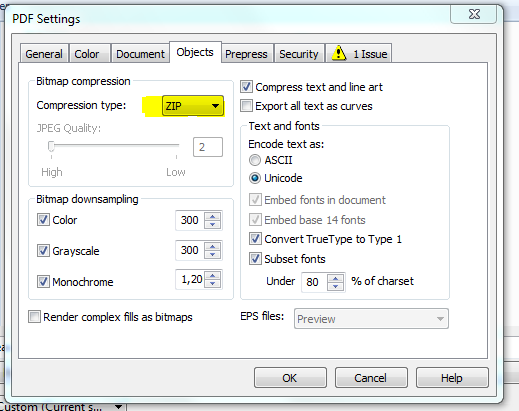
Introduction:
CorelDRAW, a prominent name in the graphic design realm, empowers designers to create visually stunning and intricate designs. In the digital age, where file sizes and efficiency play a crucial role, the ability to optimize PDF files is paramount. This comprehensive guide will delve into the intricacies of optimizing PDF files in CorelDRAW, exploring techniques, tools, and best practices to enhance file performance, reduce size, and streamline design workflows.
I. The Importance of PDF Optimization:
- Efficient Document Handling:
- Large PDF files can be cumbersome, leading to slower load times and challenges in document sharing.
- Optimization ensures quicker loading, smoother collaboration, and easier distribution of design projects.
- Bandwidth Considerations:
- For online sharing and distribution, minimizing file sizes becomes crucial to conserve bandwidth and improve user experience.
- Reduced file sizes contribute to faster downloads and smoother interactions with digital content.
II. CorelDRAW’s PDF Export Options:
- Compression Methods:
- CorelDRAW provides a range of options for optimizing PDF file sizes during the export process.
- Designers can customize settings to balance compression with maintaining the visual quality of their designs.
- Image Compression Settings:
- Fine-tune image compression settings to control the quality and size of embedded images in the PDF.
- Adjusting the resolution and compression level ensures that images are optimized for the intended use without sacrificing visual clarity.
- Font Embedding Options:
- Consider font embedding options during PDF export to optimize file size.
- Choose between embedding all fonts or only the characters used in the document to strike a balance between text accuracy and file size.
III. Advanced Techniques for PDF Optimization:
- Transparency Flattening:
- Transparency effects in a design can contribute to larger file sizes.
- CorelDRAW allows users to flatten transparency during export, reducing the complexity of the PDF and subsequently minimizing the file size.
- Object Merging and Simplification:
- Merge and simplify complex objects within the design to reduce the number of elements contributing to the file size.
- The Object Manager in CorelDRAW provides tools for managing layers and objects, facilitating efficient simplification.
- Selective Compression:
- Be selective in applying compression settings to different elements within the design.
- Critical elements may require higher quality, while background or non-essential elements can be compressed more aggressively.
IV. Best Practices for Efficient PDF Optimization:
- Design with Optimization in Mind:
- Plan your design with optimization in mind from the start.
- Avoid unnecessary complexity and redundancies in the layout, ensuring a more streamlined export process.
- Test and Validate:
- Before finalizing a design, test different compression settings to find the optimal balance.
- Validate the results by checking the visual quality and file size to ensure they align with the project’s requirements.
- Batch Processing:
- CorelDRAW supports batch processing for exporting multiple files simultaneously.
- This feature is particularly useful when working on projects with numerous files that require optimization.
V. Collaborative Considerations:
- Shared Review Sessions:
- When collaborating on design projects, consider the impact of file sizes on shared review sessions.
- Smaller file sizes facilitate smoother collaborative workflows, making it easier for team members to provide feedback and review designs.
- Digital Distribution:
- For online platforms and digital distribution, smaller PDF file sizes are crucial for a positive user experience.
- Consider the end-user’s bandwidth limitations and device capabilities when optimizing PDFs for digital consumption.
VI. Continuous Improvement:
- Stay Informed:
- As technology evolves, CorelDRAW continues to update its features and optimize workflows.
- Stay informed about software updates and leverage new functionalities that may enhance the efficiency of optimizing PDF files.
- Evolving Design Practices:
- Design practices and requirements evolve over time.
- Regularly assess and adapt your optimization strategies to align with changing design standards and industry expectations.
Conclusion:
In conclusion, optimizing PDF files in CorelDRAW is a fundamental skill for designers seeking to enhance efficiency, collaboration, and digital distribution. By understanding the tools and techniques available within CorelDRAW, designers can strike a balance between file size and visual quality, ensuring that their designs are not only visually compelling but also efficiently delivered. As design practices evolve, CorelDRAW remains a steadfast companion, providing designers with the tools and resources needed to navigate the ever-changing landscape of digital design with precision and effectiveness.